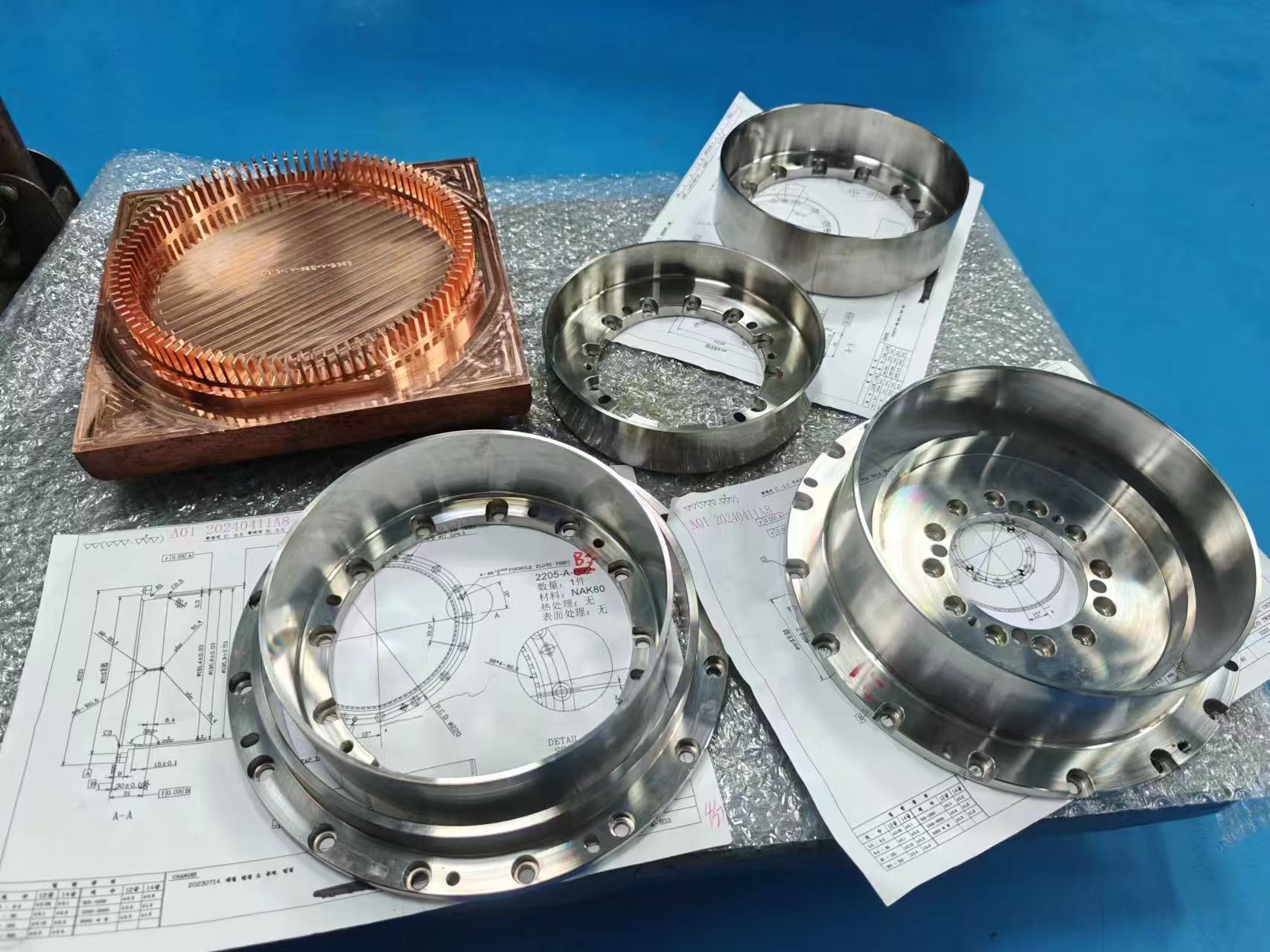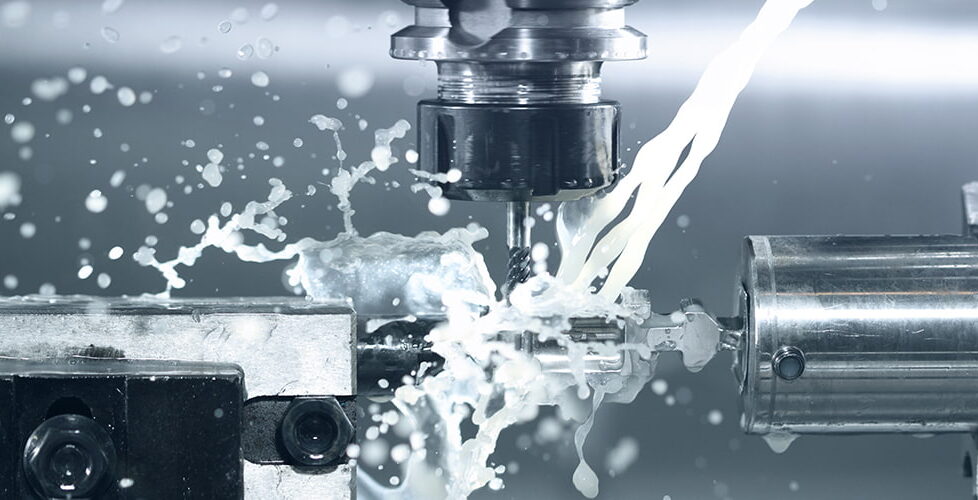Precautions in Machining
Mechanical machining is a critical process in manufacturing, involving the removal of material from a workpiece to achieve the desired shape, size, and surface finish. To ensure safety, precision, and efficiency, it is essential to follow certain precautions. Below are key considerations for Jacky Technology (Dongguan) CO.,LTD machining:
Safety Precautions
– Personal Protective Equipment (PPE):Always wear appropriate PPE, including safety glasses, gloves, ear protection, and steel-toed boots. Avoid loose clothing or jewelry that could get caught in machinery.
– Machine Guarding: Ensure all machines are equipped with proper guards to prevent contact with moving parts.
-Emergency Stops: Familiarize yourself with the location and operation of emergency stop buttons on all equipment.
– Training Only trained and authorized personnel should operate machinery. Regular safety training is mandatory.
Workpiece Preparation
– Material Inspection Check the workpiece for defects, cracks, or irregularities before machining.
– Secure Clamping Properly secure the workpiece using clamps, vices, or fixtures to prevent movement during machining.
– Alignment Ensure the workpiece is correctly aligned with the machine tool to avoid errors in dimensions or geometry.


Tool Selection and Maintenance
– Tool Quality Use high-quality cutting tools that are appropriate for the material being machined.
– Tool Sharpness: Dull tools can cause poor surface finishes and increase the risk of accidents. Regularly inspect and replace worn-out tools.
– Coolant and Lubrication Apply adequate coolant or lubricant to reduce friction, prevent overheating, and extend tool life.
Machine Setup and Calibration
– Machine Inspection: Before starting, inspect the machine for any signs of damage or wear. Ensure all components are functioning correctly.
– Calibration Regularly calibrate machines to maintain accuracy and precision.
– Speed and Feed Rates Set appropriate cutting speeds and feed rates based on the material and tool being used.
Operational Best Practices
– Gradual CuttingAvoid taking deep cuts in a single pass. Use multiple passes to reduce stress on the tool and workpiece.
– Chip Removal: Regularly clear away chips and debris to prevent interference with the machining process.
– Monitoring: Continuously monitor the machining process for any unusual noises, vibrations, or signs of tool wear.
Post-Machining Procedures
– Inspection: After machining, inspect the workpiece for accuracy, surface finish, and any potential defects.
– Deburring: Remove any sharp edges or burrs to ensure the workpiece is safe to handle.
– Cleaning: Clean the machine and work area to maintain a safe and organized environment.
Environmental Considerations
– Waste Management:Properly dispose of metal chips, coolants, and other waste materials in accordance with environmental regulations.
– Ventilation: Ensure adequate ventilation to avoid inhaling fumes or dust generated during machining.
By adhering to these precautions, manufacturers can minimize risks, improve product quality, and enhance the overall efficiency of mechanical machining processes. Safety and precision should always remain the top priorities in any machining operation.

